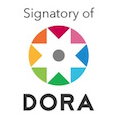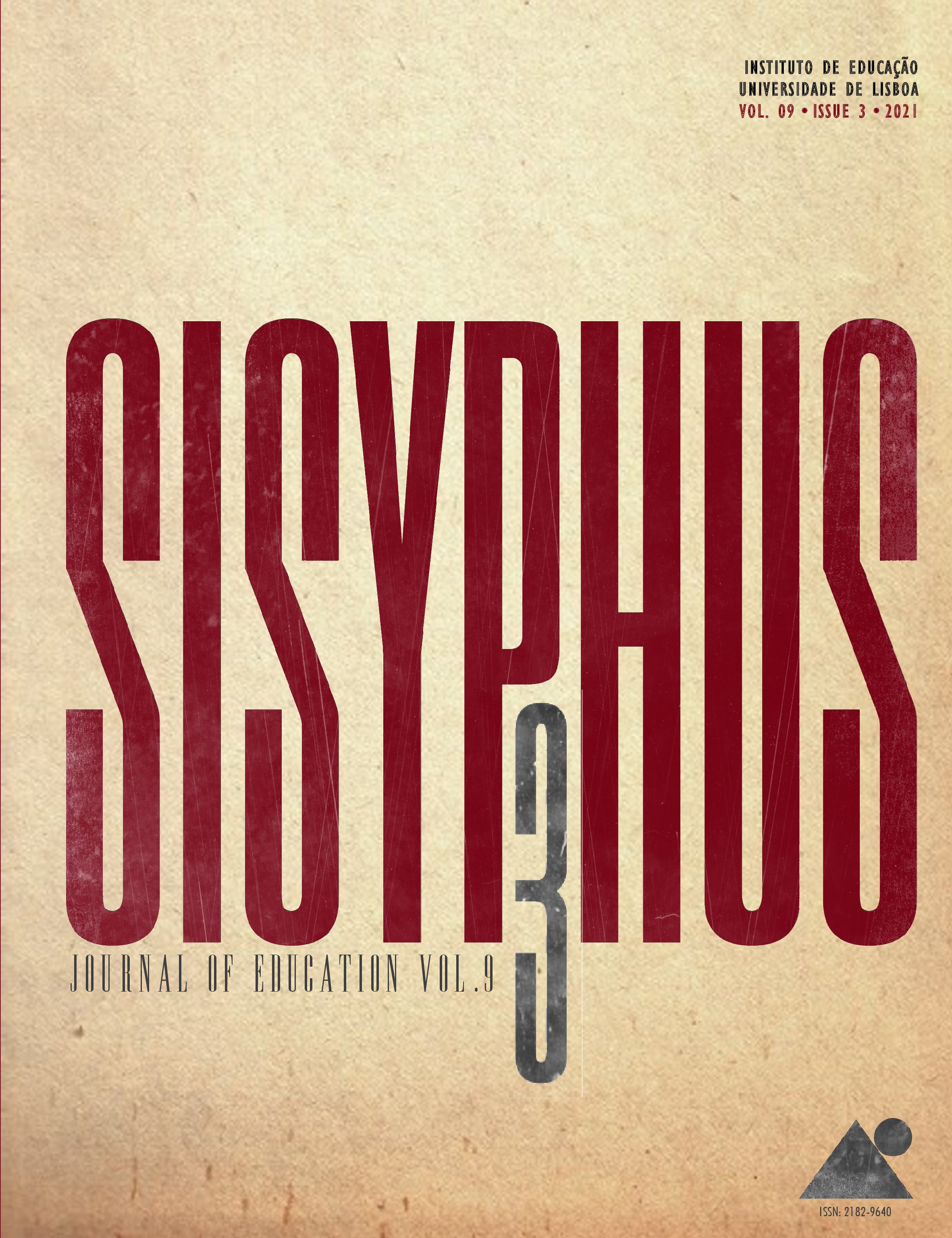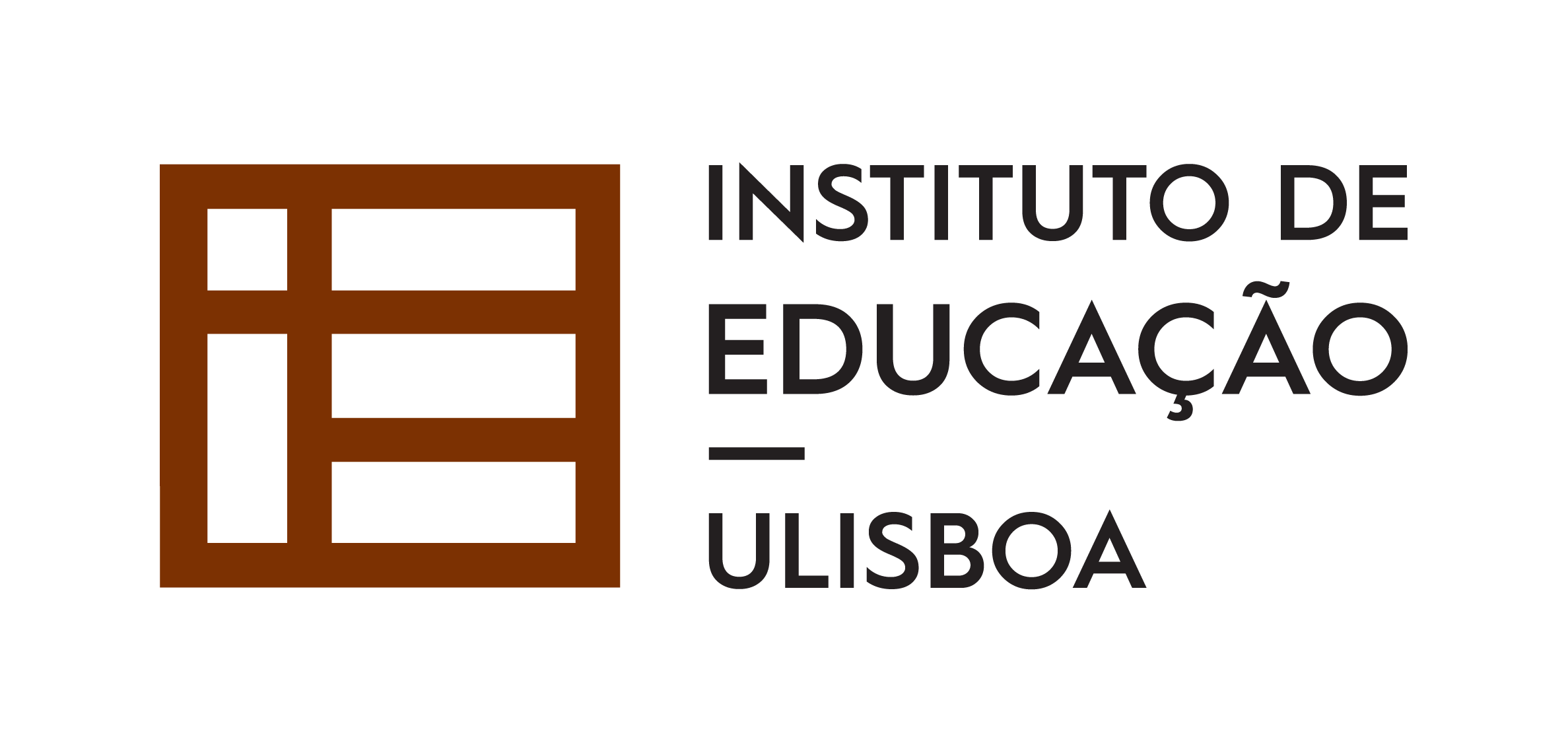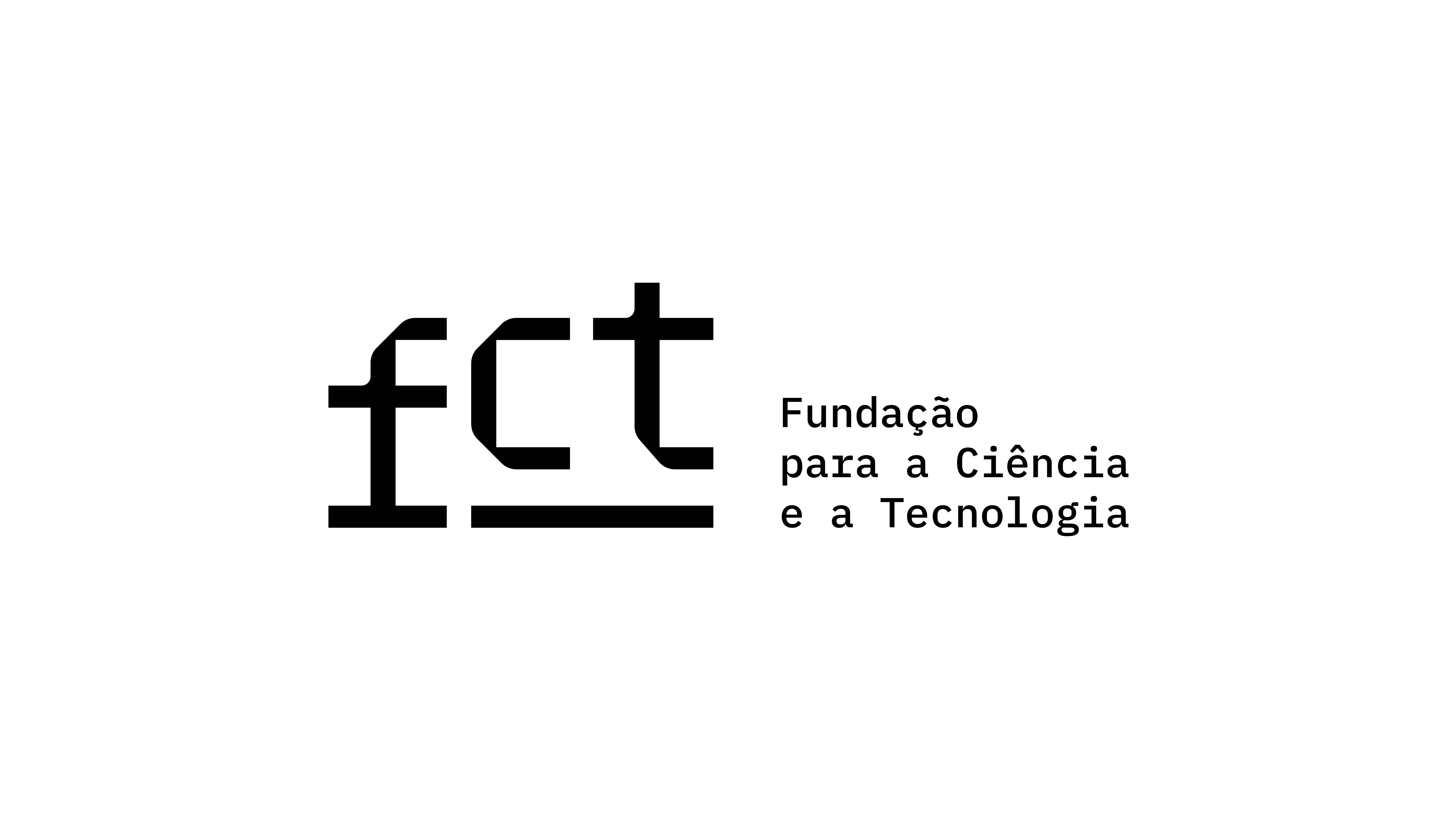Educação Inclusiva e Percepções dos Professores sobre o Planeamento de Aulas através da Perspetiva Inclusiva do Estudante
DOI:
https://doi.org/10.25749/sis.25380Palavras-chave:
colaboração colegial, ensino diferenciado, planeamento de aula, sala de aula típica, percepções dos professoresResumo
Este artigo analisa o conceito multifacetado de inclusão, conforme estudos de Kotte (2017). O trabalho pretende aprofundar o conhecimento sobre percepções dos professores sobre educação inclusiva a respeito dos diferentes pré-requisitos de aprendizagem dos estudantes. A metodologia aplicada foi uma combinação de métodos quantitativos e qualitativos usados em dados levantados sobre o trabalho de professores que participam num programa nacional de pesquisa sueco sobre melhoria nas escolas. O estudo emprega os conceitos de Biesta sobre as dimensões do objetivo da educação, o modelo de Uljens para análise da ação didática, o profissionalismo conforme Hedegaard-Sørensen e a diferenciação de ensino de Tomlinson. Concluiu-se que os professores têm uma atitude positiva a respeito da inclusão, mas também a consideram difícil de ser implementada durantes as aulas. Eles vivenciam um dilema entre necessidades estudantis individuais e o interesse da turma como unidade. Resultados adicionais indicam que a colaboração colegial é considerada um aspeto de valor para o sucesso no planeamento e trabalho na aula inclusiva.
Downloads
Referências
Ainscow, M., Booth, T., & Dyson, A. (2006). Improving Schools, Developing Inclusion. London and New York: Routledge, Taylor & Francis Group.
Armstrong, A. C., Armstrong, D., & Spandagou, I. (2013). Inclusive Education. International Policy & Practice. London: Sage Publications Ltd.
Biesta, G. (2011). God utbildning i mätningens tidevarv. Avancerade studier i pedagogik. Stockholm: Liber.
Biesta, G. (2015). What really matters in education? VIA University College. Retrieved 2016-05-01 from: https://www.youtube.com/watch?v=CLcphZTGejc#t=18.2391287
Bryman, A. (2013). Samhällsvetenskapliga metoder. Malmö: Liber.
Carrington, S. (1999). Inclusion needs a different school culture. International Journal of Inclusive Education, 3(3), 257-268.
Clough, P. (2002). Section 1. Routes to inclusion. In P. Clough & J. Corbett, Theories of Inclusive Education (pp. 3-33). London: Paul Chapman Publishing Ltd.
Creswell, J. W. (2014). Research Design – Qualitative, Quantitative and Mixed Methods Aproaches. Thousand Oaks: Sage Publications.
Cunning, C. Dyson, A., & Todd, L. (2011). Beyond the school gates: Can full service and extended schools overcome disadvantage? London: Routledge.
Egelund, N., Haug, P., & Persson, B. (2006). Inkluderande pedagogik i skandinaviskt perspektiv. Stockholm: Liber.
Farrell, P. (2004). School Psychologist: Making Inclusion a Reality for All. School Psychology International, 25(5), 5-19.
Gunnþórsdóttir, H., & Bjarnason, D. (2014). Conflict in teachers’ professional practices and perspectives about inclusion in Icelandic compulsory schools. European Journal of Special Needs Education, 29(4), 491-504.
Hargreaves, A. (2004). Läraren i kunskapssamhället – I osäkerhetens tidevarv. Lund: Studentlitteratur.
Hattie, J. (2008). Visible learning: a synthesis of over 800 meta-analyses relating to achievement. London: Routledge.
Haug, P. (1998). Pedagogiskt dilemma: Specialundervisning. Stockholm: Liber.
Haug, P. (2012). Har vi ein skule for alle? In T. Barow & D. Östlund (Red.), Bildning för alla. En pedagogisk utmaning (pp. 85-94). Kristianstad: Högskolan Kristianstad.
Hedegaard-Sørensen, L. (2013). Inkluderende specialpædagogik. Procesdidaktik og situeret professionalisme i undervisningen. København: Akademisk Forlag.
Ifous. (2015). Från idé till praxis. Vägar till inkluderande lärmiljöer i tolv svenska kommuner. 2015:2 Forskarnas rapport. Stockholm: Ifous. Retrieved from: https://www.ifous.se/app/uploads/2013/02/201509-Ifous-2015-2-slutversion2f%C3%B6rwebb.pdf
Kotte, E. (2017). Inkluderande undervisning. Lärares uppfattningar om lektionsplanering och lektionsarbete utifrån ett elevinkluderande perspektiv (Doctoral thesis, Malmö studies in educational sciences, 81). Malmö högskola, Malmö, Sweden.
Leo, E., & Barton, L. (2006). Inclusion, diversity and leadership: perspectives, possibilities and contradictions. Educational Management, Administration and Leadership, 34(2), 167-80.
Merriam, S. B. (2006). Fallstudien som forskningsmetod. Lund: Studentlitteratur.
Nordenbo, S. E., Søgaard Larsen, M., Tiftikçi, N., Wendt, R. E., & Østergaard, S. (2008). Teachers’ competences and pupil achievement in pre-school and school. A systematic review carried out for the Ministry of Education and Research. Oslo, Copenhagen: Danish Clearinghouse for Educational Research, University of Aarhus.
OECD. (2016). Low-Performing Students: Why They Fall Behind and How to Help Them to Succeed. Paris: PISA, OECD Publishing. Retrieved from: https://www.oecd.org/publications/low-performing-students-9789264250246-en.htm
Persson, B., & Persson, E. (2012). Inkludering och måluppfyllelse – att nå framgång med alla elever. Stockholm: Liber AB.
Skolverket. (2009). Vad påverkar resultaten i svensk grundskola? Kunskapsöversikt om betydelsen av olika faktorer. Stockholm: Skolverket (Swedish National Agency for Education).
Skolverket. (2011). Läroplan för grundskolan, förskoleklassen och fritidshemmet. Stockholm: Skolverket (Swedish National Agency for Education).
Skolverket. (2016). Inkludering går att förena med hög måluppfyllelse. Stockholm: Skolverket (Swedish National Agency for Education). Retrieveved 2016-10-07 from: https://www.skolverket.se/skolutveckling/forskning-och-utvarderingar/artiklar-om-forskning/inkludering-gar-att-forena-med-hog-maluppfyllelse
Tetler, S. (2015). Inklusion – som teoretisk begreb og pragmatisk bestræbelse. In K. B. Petersen (Red.), Perspektiver på inklusion. Cursiv nr 17. København: DPU Aarhus Universitet.
Thomas, G., & Vaughan, M. (2004). Inclusive Education. Readings and Reflections. Maidenhead: Open University Press
Tomlinson, C.A. (2014). The differentiated classroom. Responding to the needs of all learners. Alexandria: Pearson.
Tomlinson, C. A., Brimijoin, K., & Narvaez, L. (2008). The differentiated school. Making revolutionary changes in teaching and learning. Alexandria: ASCD.
Uljens, M. (1989). Fenomenografi – forskning och uppfattningar. Lund: Studentlitteratur.
Uljens, M. (1997). Grunddrag till en reflektiv skoldidaktisk teori. In M. Uljens (Red.), Didaktik – teori, reflektion och praktik (pp. 166-197). Lund: Studentlitteratur.
Uljens, M. (2009). Critical School Didaktik – A theory and its features. Åbo Akademi University. Retrieved February 2016 from http://www.vasa.abo.fi/users/muljens/pdf/Uljens_-_Critical_School_Didactics_-_A_theory_and_its_features,_1.11_2009%20.pdf
United Nations Committee on the Rights of Persons with Disabilities. (2016). General comment No. 4, Article 24: Right to inclusive education, 2 September 2016, CRPD/C/GC/4. Retrieved from: https://www.refworld.org/docid/57c977e34.html
Yin, R. K. (2007). Fallstudier: design och genomförande. Malmö: Liber.
Young, K., & Luttenegger, K. (2014). Planning “Lessons for Everybody” In Secondary Classrooms. American Secondary Education, 43(1, Fall), 25-32.
Downloads
Publicado
Edição
Secção
Licença
Direitos de Autor (c) 2021 Sisyphus – Revista de Educação

Este trabalho encontra-se publicado com a Creative Commons Atribuição-NãoComercial 4.0.
O Copyright (c) pertence à Sisyphus – Journal of Education. No entanto, encorajamos que os artigos publicados na revista sejam publicados noutros lugares, desde que seja solicitada a autorização da Sisyphus e os autores integrem a nossa citação de fonte original e um link para o nosso site.
Política de auto-arquivo
É permitido aos autores o auto-arquivo da versão final publicada dos seus artigos em repositórios institucionais, temáticos ou páginas web pessoais e institucionais.
Subscritor DORA
O Instituto de Educação da Universidade de Lisboa, editor da Sisyphus, é um dos subscritores da Declaração de São Francisco sobre Avaliação da Investigação (DORA).





